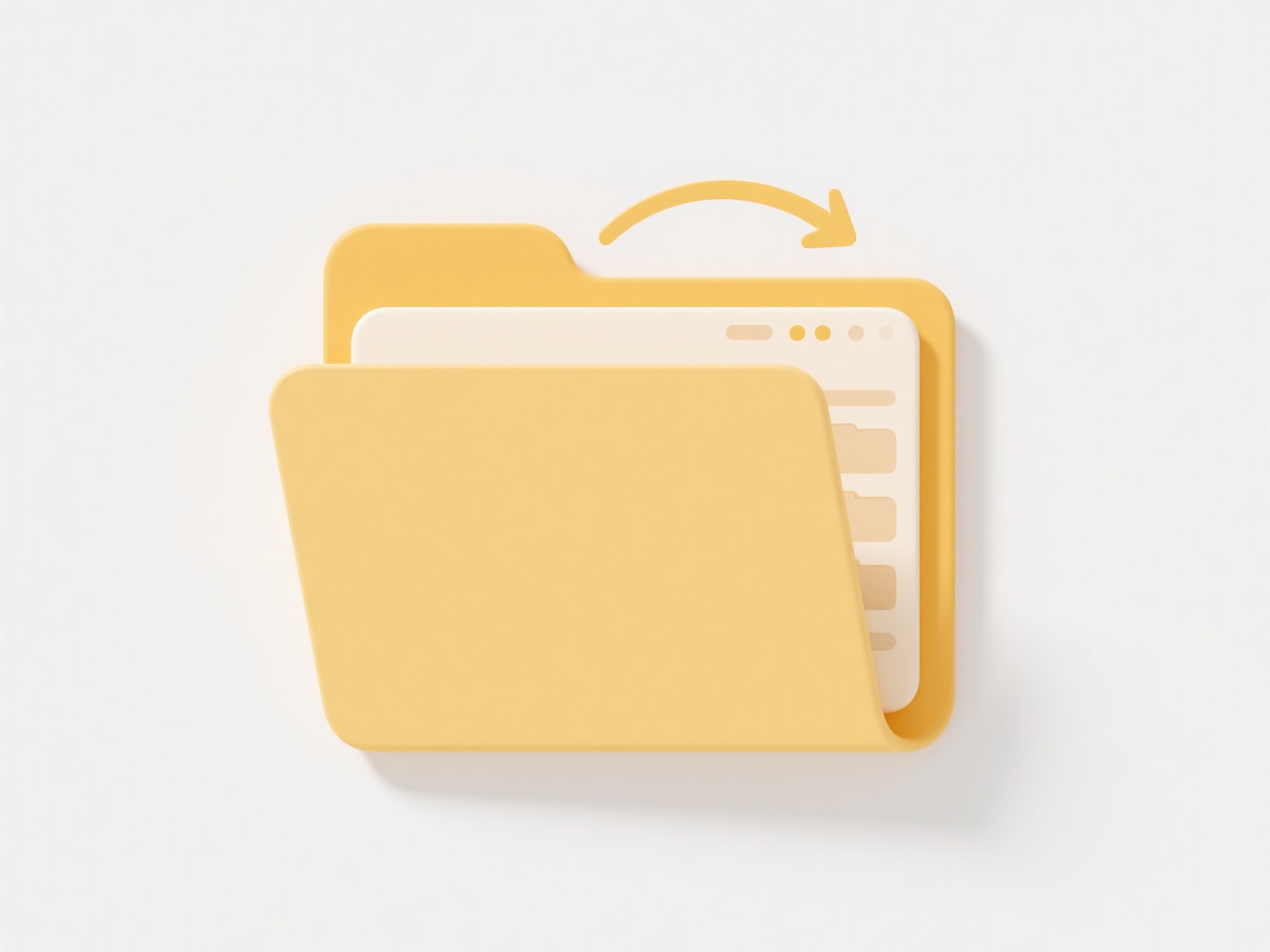
A file format is a standardized way to organize and store digital data within a computer file. It acts like a blueprint, defining how information (like text, images, sound, or video) is structured and encoded. Different formats are designed for specific purposes, allowing applications to correctly interpret the file's contents. Formats vary significantly; some prioritize maximum quality (like RAW for photos), some focus on small file sizes (like MP3 for audio), and others ensure broad compatibility and editing capabilities (like DOCX for documents).
Practically, file formats are used everywhere digital data exists. For instance, photographers use formats like JPEG to share compressed images easily online, while architects might use DWG files containing detailed vector drawings in CAD software. Businesses rely on formats like PDF for universally viewable documents and XLSX for spreadsheets containing formulas and data in applications like Microsoft Excel.

Key advantages include enabling data interchange between systems and specialized features (like animations in GIFs or layers in PSD files). Limitations include potential incompatibility without the right software and obsolescence if formats fall out of use. Ethical concerns involve proprietary formats restricting access and preservation challenges where old formats become unreadable. Future developments often focus on open standards ensuring long-term readability and adapting formats to new complex data types like immersive VR experiences.
What is a file format?
A file format is a standardized way to organize and store digital data within a computer file. It acts like a blueprint, defining how information (like text, images, sound, or video) is structured and encoded. Different formats are designed for specific purposes, allowing applications to correctly interpret the file's contents. Formats vary significantly; some prioritize maximum quality (like RAW for photos), some focus on small file sizes (like MP3 for audio), and others ensure broad compatibility and editing capabilities (like DOCX for documents).
Practically, file formats are used everywhere digital data exists. For instance, photographers use formats like JPEG to share compressed images easily online, while architects might use DWG files containing detailed vector drawings in CAD software. Businesses rely on formats like PDF for universally viewable documents and XLSX for spreadsheets containing formulas and data in applications like Microsoft Excel.

Key advantages include enabling data interchange between systems and specialized features (like animations in GIFs or layers in PSD files). Limitations include potential incompatibility without the right software and obsolescence if formats fall out of use. Ethical concerns involve proprietary formats restricting access and preservation challenges where old formats become unreadable. Future developments often focus on open standards ensuring long-term readability and adapting formats to new complex data types like immersive VR experiences.
Related Recommendations
Quick Article Links
What is a .csv file and when should I use it?
A CSV (Comma-Separated Values) file is a simple plain text format used to store tabular data, such as spreadsheets or da...
What are compliance risks of storing files locally vs in the cloud?
Storing files locally means keeping data on physical hardware managed internally, such as on-premises servers or employe...
Can I rename files based on email subject line?
Renaming files based on email subject lines involves automatically applying the text from an email's subject field as th...